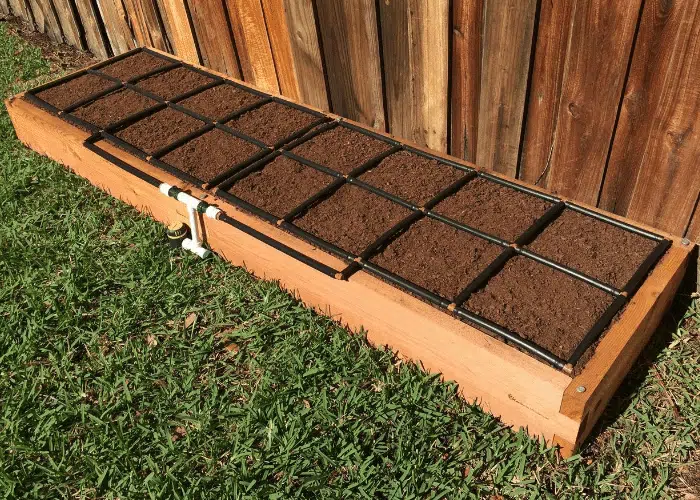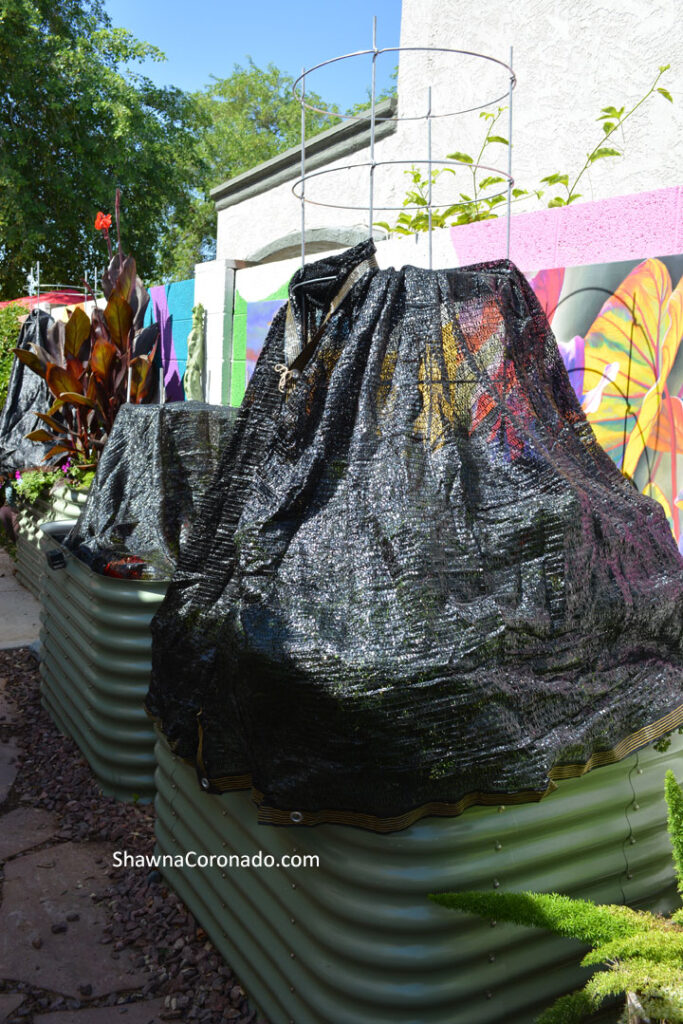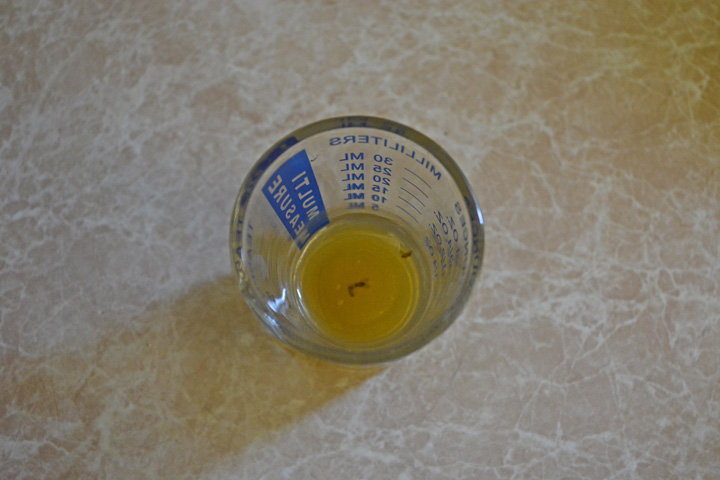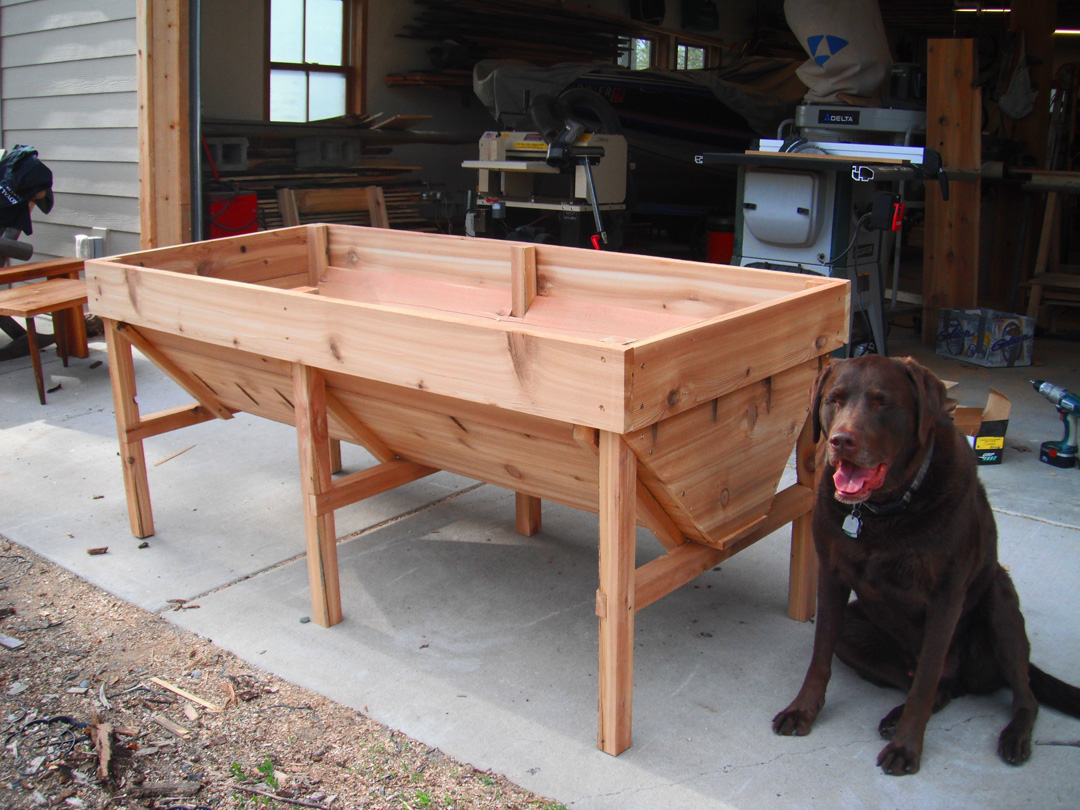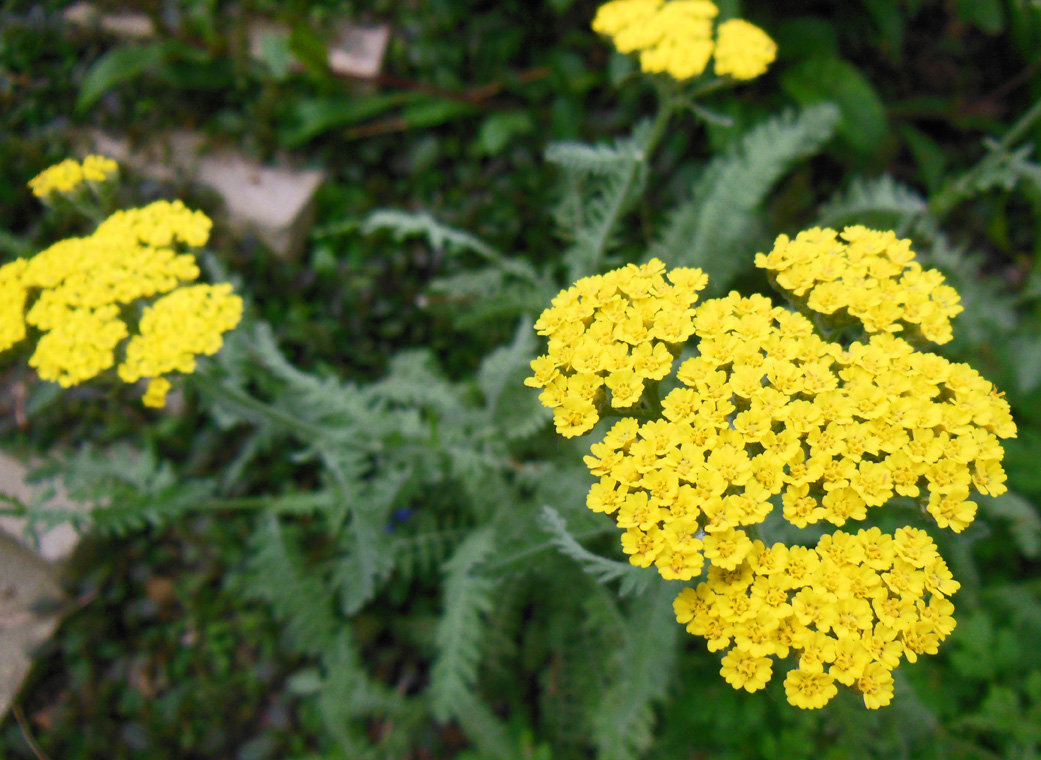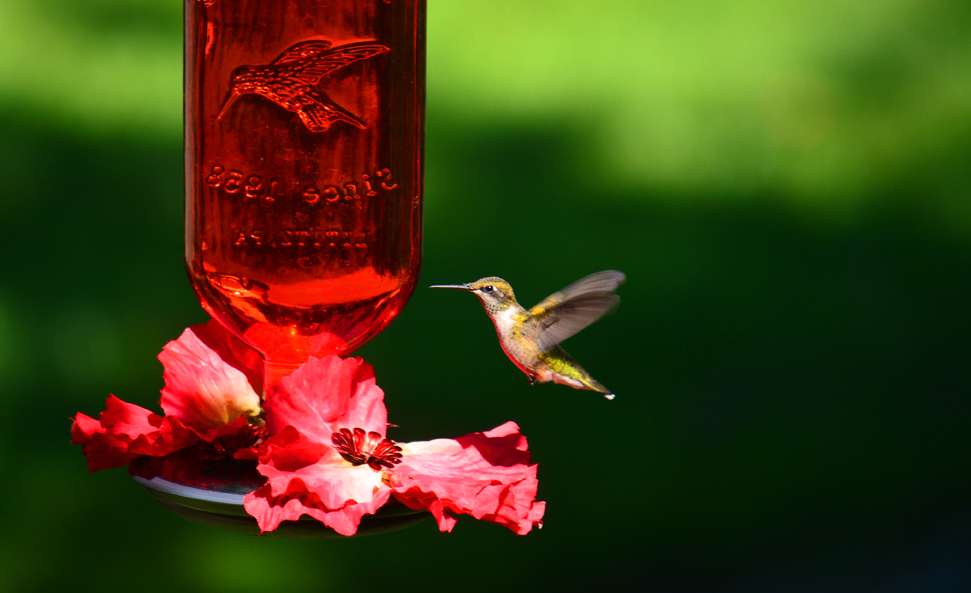How to Protect Plants from Heat and Sun
How to Cover Plants Outdoors in the Garden to Protect Them from Heat and Sun
Protect plants from heat and sun this summer by covering them with a partial shade cloth. I’ve discovered a very easy DIY hack to help you get started; I use tomato cages to support the shade cover without damaging the plants. Place strong tomato cages over your more delicate sun-sensitive plants. I’ve used Texas Tomato Cages for years, but I also highly recommend the Cedar Square Foldable Tomato Cages.
Fantastic Products I Use in My Garden
- Foldable Tomato Cages – Extra strong and large foldable tomato cages to protect plants from heat.
- 30% Shade Cloth – 12×20 Ft 30% Black Shade Cloth. The net is large and light, providing maximum protection, allowing sunlight and water to pass through without disturbing the growth of plants.
- Birdies Raised Beds – Coated galvanized steel with a powder-coated food-safe, non-toxic paint for a beautiful, long-lasting result. Discount 5% off any garden bed product with the “SHAWNA5” Discount Code!
- Garden Grid™Watering System – Easy pre-assembled system, just drop in and connect to irrigation lines. Get $10 off any Garden Grid™ Watering Systems order of $100+ with the “SHAWNA10” Code!
- Gro-Well Raised Bed Soil and Nature’s Way Cactus & Patio Mix Soil – Ask for this soil at your local garden center.
- Midtown Swilt Umbrellas – The Swilt 8 foot Terylast terracotta automatic tilt umbrellas with strong fiberglass ribs to resist wind.
- Fish in the Garden Sculptures – Ceramic garden fish with special metal fish stands which help the fish float above your garden. An easy 5% off any garden bed product with the “SHAWNA5” Discount Code!

What Type of Shade Cloth to Use
I prefer 30% to 40% shade cloth. This protects the plants by shading 30% to 40%, but still letting light through. Cut shade cloth to a custom shape, then feed over or through the tomato cages. Be sure your plants are covered well. It’s amazing how well this works in the Arizona heat. I also use sheer white cloth (old sheer curtains for example). Both work, but I prefer using the 30% shade cloth.
You can see by the photos that my elevated garden might be covered in areas, but this “covered look” only lasts for a few weeks of the year in the extra hot dry summer when we have higher than 100 degree heat.
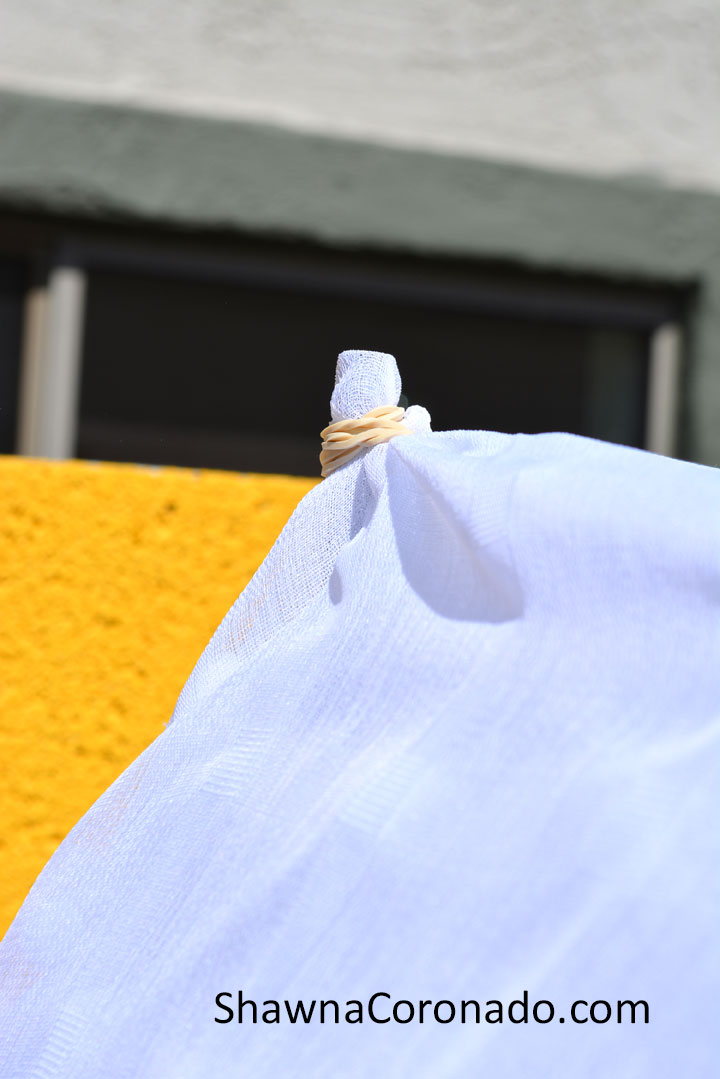
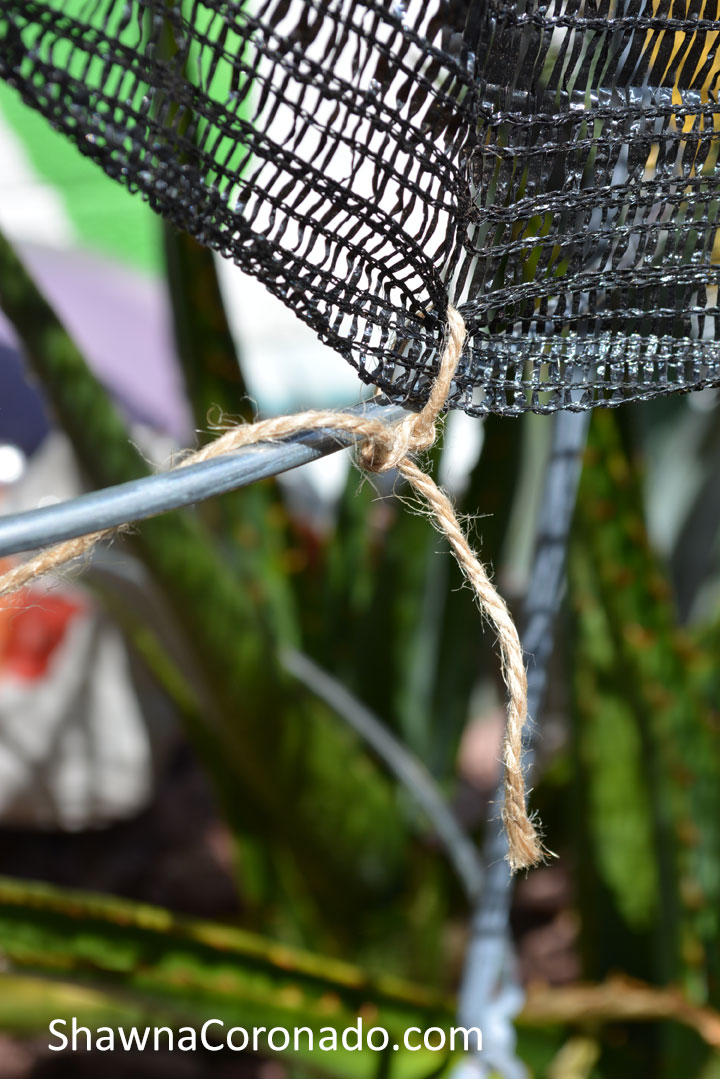
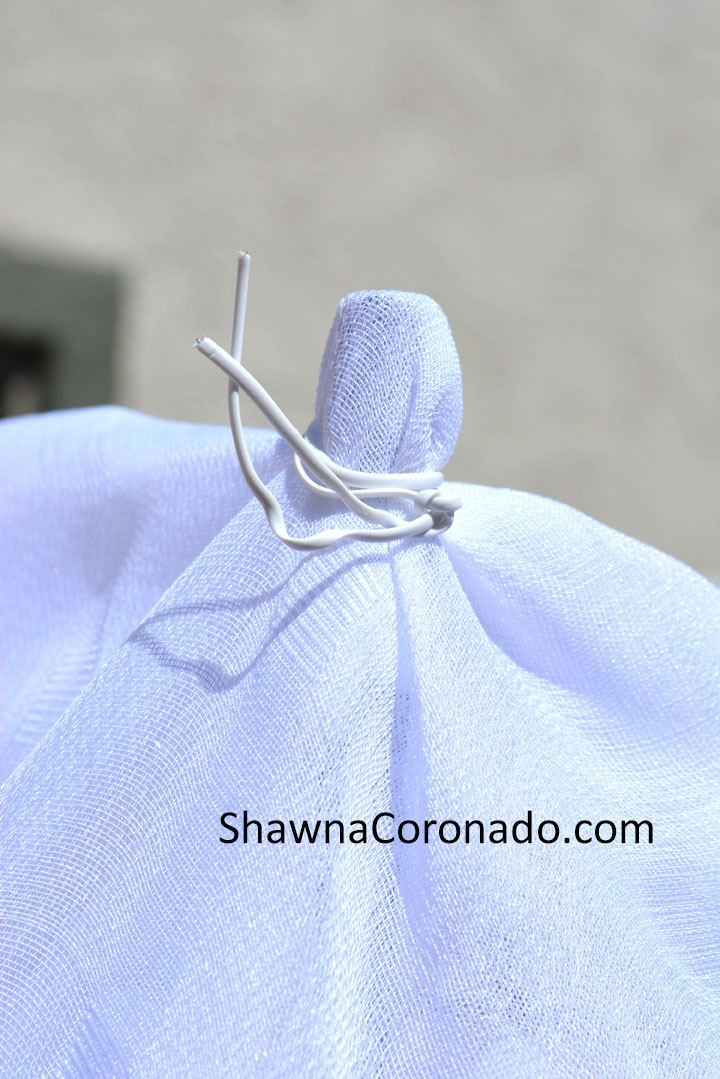
Attach Shade Cloth to Tomato Cages for More Security
Attach the shade cloth to the tomato cages to protect plants from heat without blowing away. Late summer we get monsoons and strong winds. If the tomato cages are securely placed, tying the shade cloth on makes a big difference. You can use almost anything to tie the cloth down. I’ve used rubber bands, velcro ties, twisty ties, or twine (see above).
Also, follow the 6 Easy Tips to Protect Plants from Heat down below. Easy tips to help you keep that garden cool.
6 Easy Tips to Protect Plants From Heat
Summer is here, and with it comes hot weather and strong sun. Experts agree, that if you have plants in your garden, you might need to take steps to protect them from the heat and sun. Below are six tips on how to cool down those hot outdoor plants.
1. Use Shade Cloth to Cover Plants
Shade cloth is a lightweight material that can be draped over plants to provide shade. It comes in a variety of materials and densities, so you can choose the right one for your needs. I use a 35% shade cloth in Arizona, which might not be strong enough for some, but my side yard only gets direct sun the middle part of the day. Sometimes I attach the cloth directly to the plants. Other times I drape gently as I demonstrated above.
2. Cover Garden with Row Covers to Protect Plants from Heat
Row covers are made of a lightweight fabric that can be used to cover plants to protect them from the elements. They are often used to protect seedlings and young plants from frost, but they can also be used to protect plants from heat and sun. Generally, there is less choice about the percentage of shade you can offer.
3. Create Shade Structures for Your Plants for Reduced Sun Exposure
You can also create shade structures for your plants using things like awnings, trellises, or pergolas. These structures will provide helpful shade. Large umbrellas also offer great shade and my Secret Garden Plant Library thrives with two big umbrellas (below). I’ve made a shade shack as well that provides a little extra shade for some of my container plants.
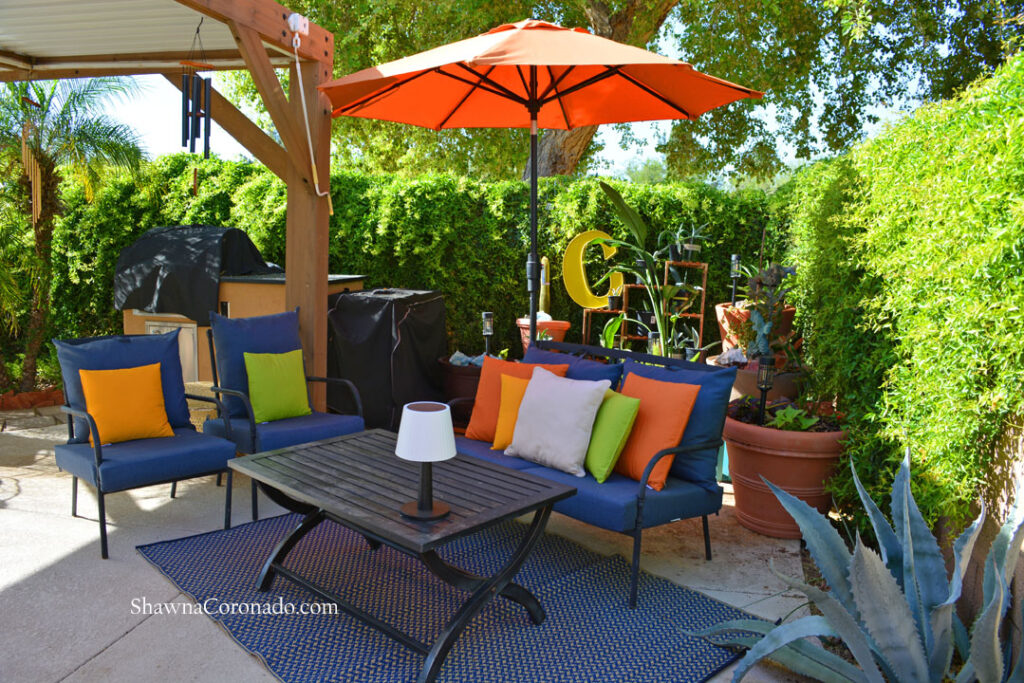
4. Plant Heat Sensitive Plants Near Taller Crops
Planting your heat sensitive plant near other tall crops can help to provide shade and protect them from the sun. For example, you could plant your radishes next to corn or beans.
5. Mulch Around Your Plants to Protect Plants From Heat
Using a natural mulch helps to keep the soil cool and moist. Water the plants at the base of the plant on top of the mulch and it can help protect your plants from heat.
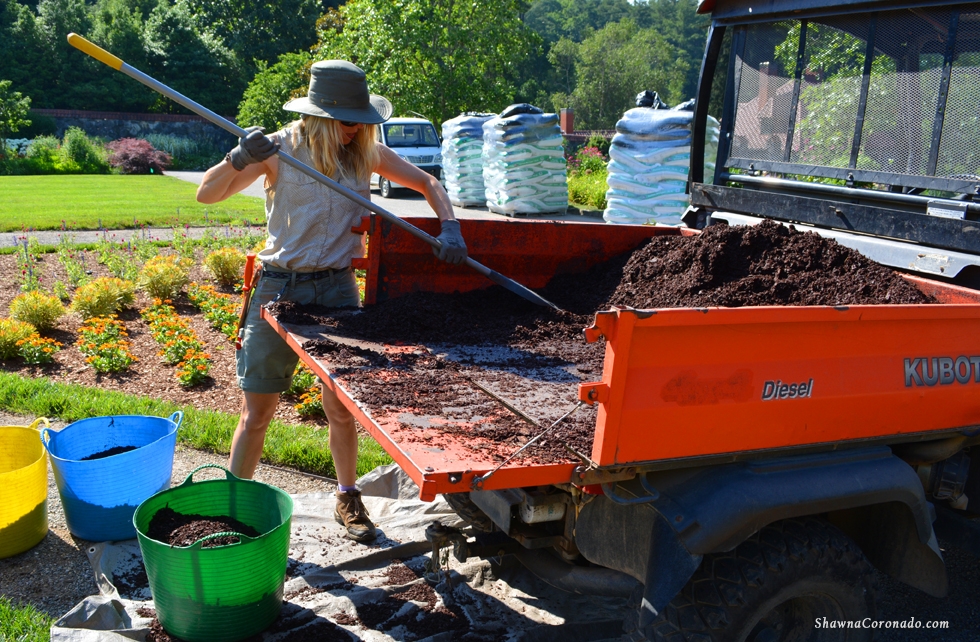
6. Water Your Garden Regularly to Keep it Cool
Watering regularly is very important, particularly in hot weather. Make sure to water your plants deeply and thoroughly at the base of the plant. If you have drip irrigation, slower and longer is better. It is much better to water less often, but more deeply in order to encourage plant roots to stretch deep. If you have trouble keeping up with watering (and moving all those hoses), try the Garden Grid™Watering System. I LOVE IT and have found watering grids to be a perfect solution (right).
Additional Tips to Protect Plants From Heat and Sun
- Check your plants regularly for signs of stress, such as wilting or browning leaves.
- If you notice any signs of stress, water your plants more often and/or provide them with additional shade.
- Be sure to remove any dead or dying leaves from your plants.
- Fertilize your plants regularly, especially during hot weather.
- Watch for pests and diseases, which can be more common in hot, dry weather.
By following these tips, you can help to protect your plants from the heat and sun and keep them healthy and thriving all summer long.

